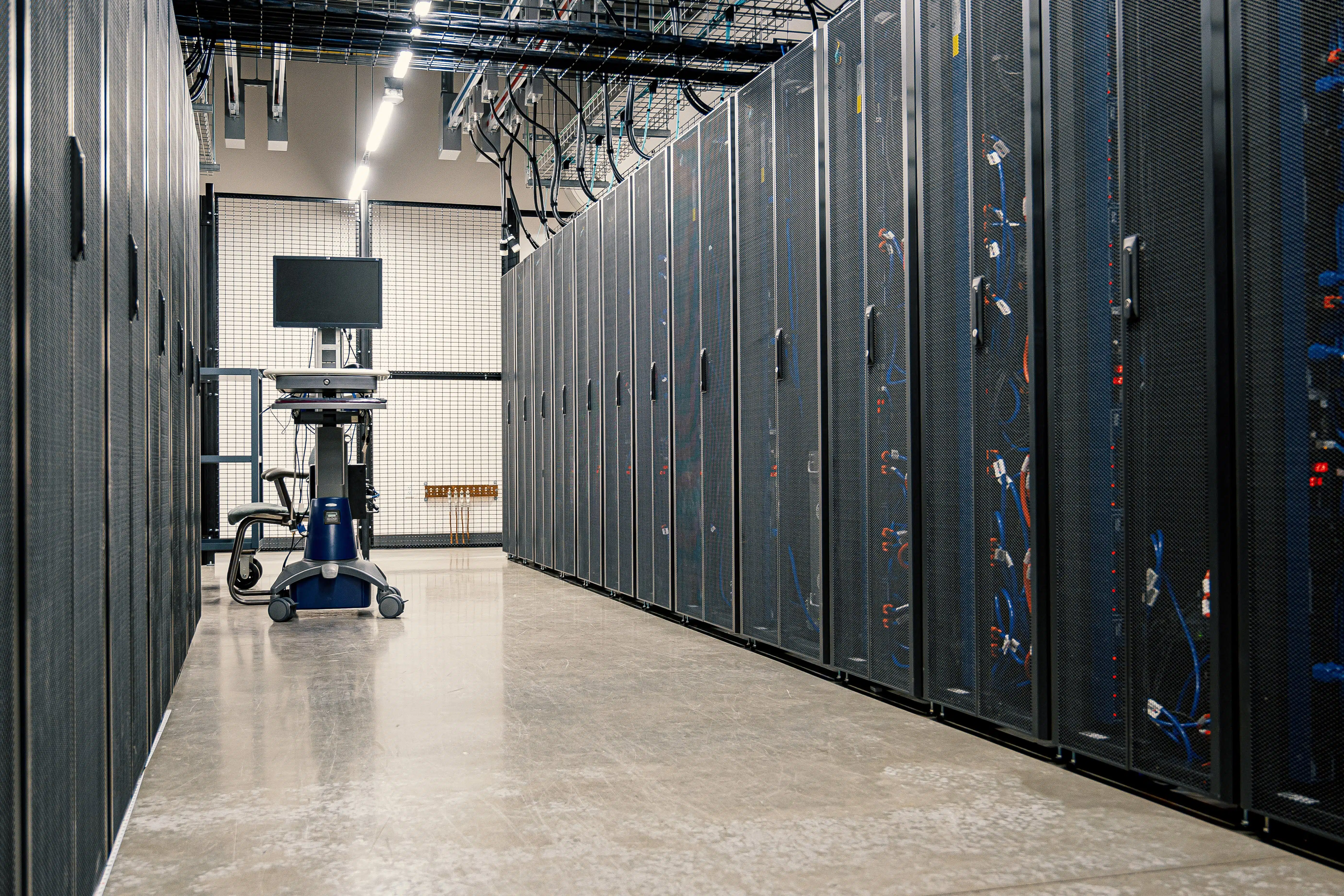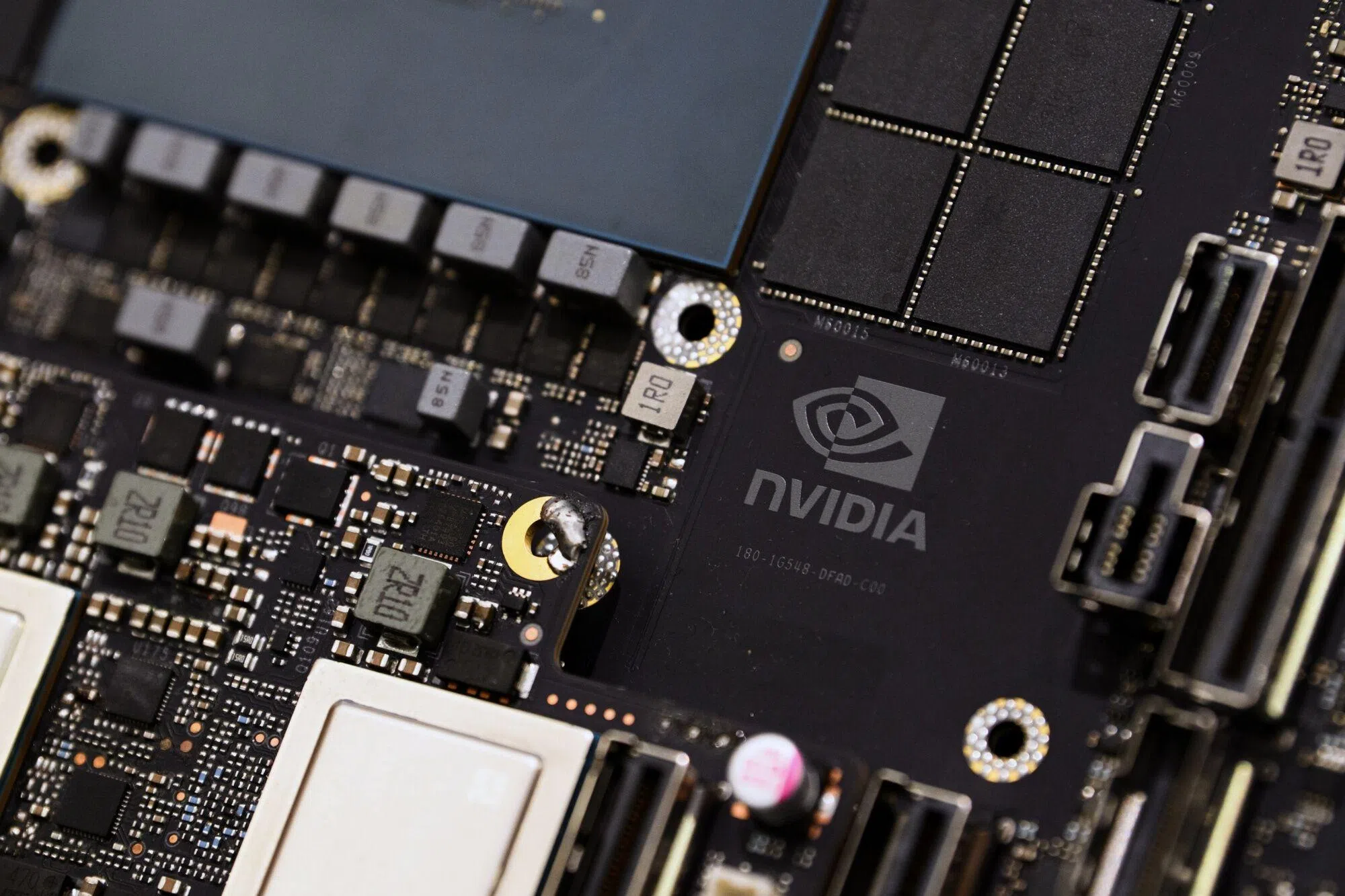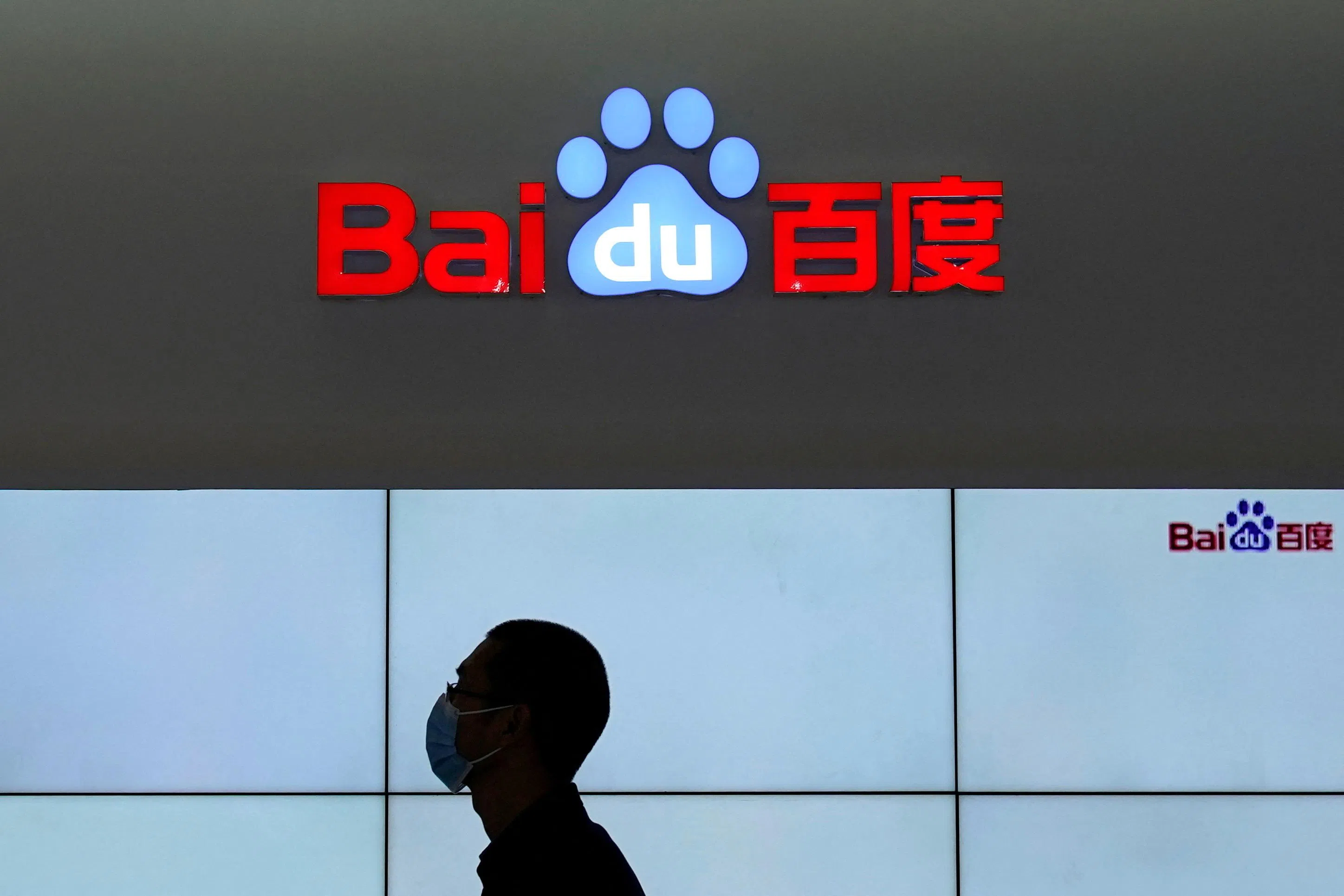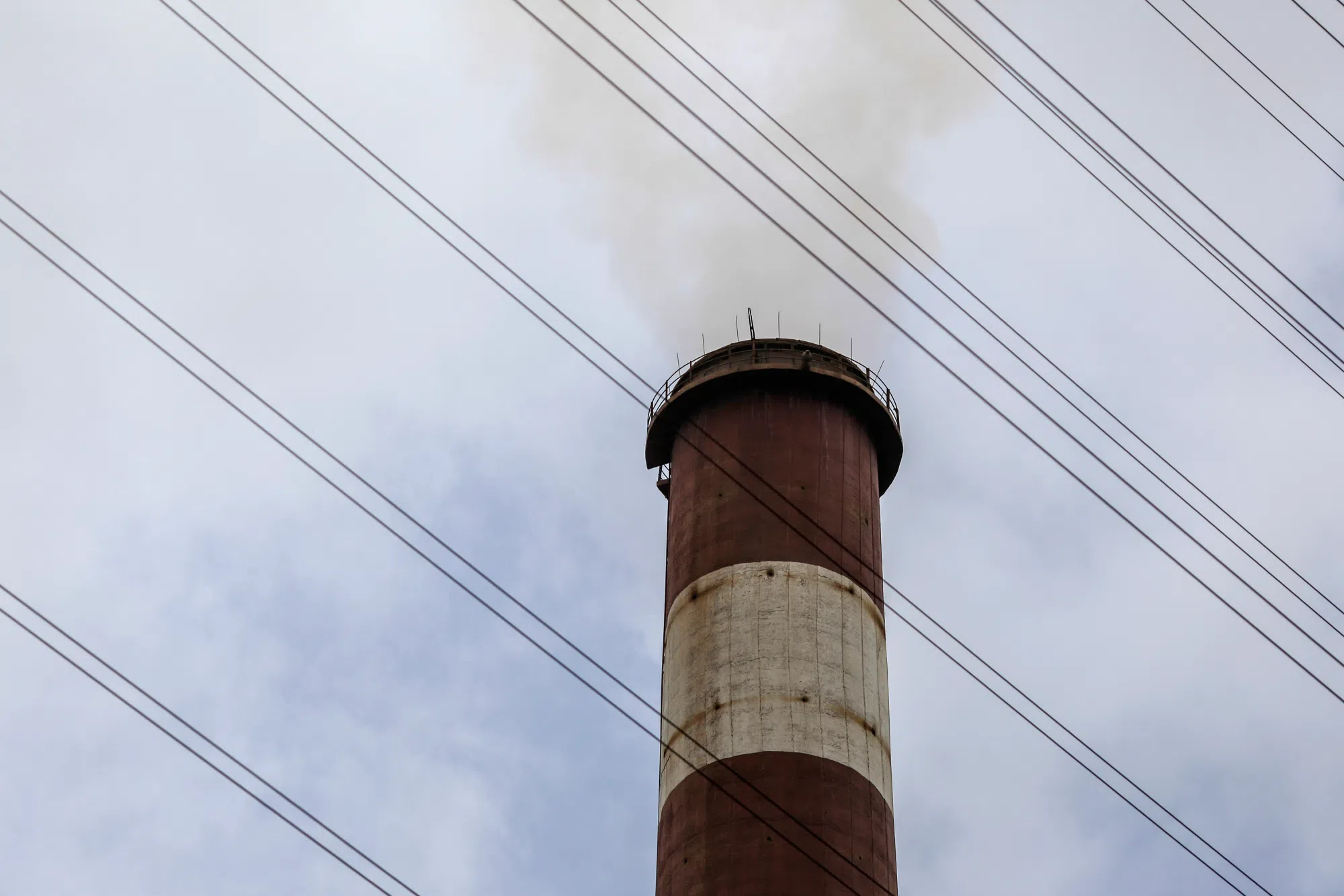THE heating up of data centre growth in South-east Asia has been drawing investor interest. Now, analysts are turning the spotlight on one of the key beneficiaries of the booming industry: power companies.
The investment thesis is simple: power-hungry data centres will drive demand for electricity. And this demand will continue to grow as more data centres – each requiring more juice to power artificial intelligence (AI) processes – sprout up.
For example, in Malaysia, which is set to emerge as the largest data centre hub in South-east Asia, the energy capacity is expected to more than treble.
More than 1 gigawatt (GW) of new supply is expected to come online over the next two years, adding to the less than 400 megawatts (MW) of capacity that is currently installed, said market intelligence company DC Byte.
RHB analysts Jeffrey Tan and Wan Muhammad Ammar Affan are bullish on the prospects of Malaysian electricity players Tenaga Nasional (TNB) and YTL Power.
The analysts noted that TNB introduced the Greenlane Pathway (GLP) in August last year to streamline the onboarding process for data centres.
A NEWSLETTER FOR YOU
Friday, 8.30 am
Asean Business
Business insights centering on South-east Asia’s fast-growing economies.
“The GLP features a fast-track supply of electricity, with the implementation period cut from the typical 36 to 48 months to 12 months,” they said.
They added that the company has received 21 new data centre projects with a maximum energy demand of 3.2 GW.
“As we see more AI data centres being developed, power demand is set to soar from more demanding computing workload.
“At the same time, newer data centres may also have more efficient cooling systems, equipment and hardware use for the same computing power,” they said.
Still, Maybank Malaysia utilities analyst Tan Chi Wei said that higher demand may not translate to materially higher earnings under the current regulatory framework.
“Elevated grid capex and possibly new generation projects are more tangible earnings drivers for TNB,” he said.
Power picks
Meanwhile, the RHB analysts noted that YTL Power has also inked a partnership with Chinese data centre operator GDS to develop a 168 MW data centre at the former’s green data centre campus in Kulai, a town in Johor. RHB’s data shows that Kulai campus has an indicative capacity of 500 MW.
“The commercialisation of YTL Power’s first 48 MW data centre is essential to establish a track record as a co-location provider,” they said, adding that the company has already secured tech conglomerate Sea as an anchor tenant.
It added that the company’s first 20 MW AI data centre, out of a total planned capacity of 100 MW, will be a near-term catalyst.
Similarly, YTL Power is one of Macquarie ’s top picks for Asian exposure to the data centre power crunch as well.
Macquarie analyst Max Koh noted that the company is still on track to receive delivery of the latest graphics processing units, the GB200 chips, from Nvidia for its AI data centre. Such chips are used to train and run AI models.
As for power companies in Thailand, Maybank analysts favour conglomerate Gulf Energy, which has a presence across multiple upstream infrastructure segments such as power utilities, real estate and construction.
In a recent report, Maybank analysts noted that Gulf Energy has been on an “aggressive” capacity expansion phase. Its total data centre capacity is expected to rise to 8.4 GW in 2025, from 2.7 GW in 2020.
In June this year, Gulf signed a multi-year agreement with Google Cloud to develop sovereign cloud services in Thailand.
Gulf Energy has also partnered telco giant Singtel and its Thai associate, AIS, to construct a data centre, which is scheduled to begin commercial operations in 2025 and offer 20 MW or more in capacity. The company has a 40 per cent stake in the joint venture.
In Singapore, the analysts favour Sembcorp Industries (SCI), which supplies a third of data centre energy requirements in the country.
They added that the company has signed long-term power purchase agreements with operators such as ST Telemedia Global Data Centres and Equinix.
“Power-hungry data centres should provide (a) good revenue source for utilities providers like Sembcorp. Furthermore, with growing demand for green power, SCI is attractively positioned to cater to this demand as it successfully executes its energy transition roadmap,” they said, adding that the company remains the largest solar energy provider in SIngapore.







